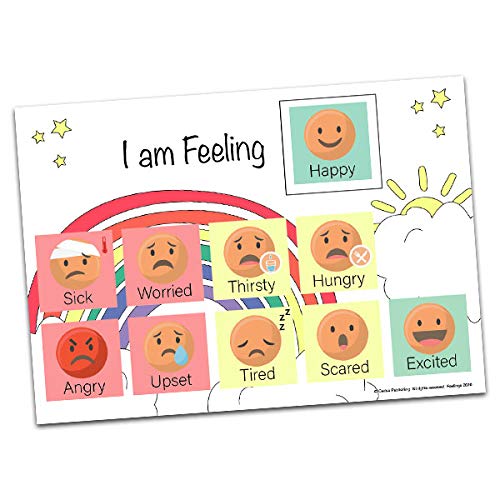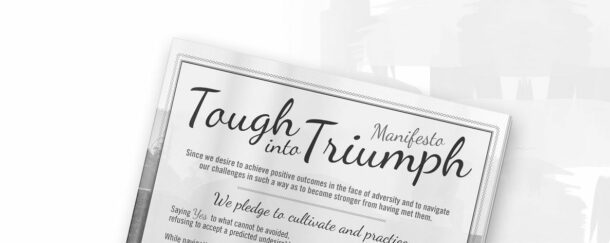 The classroom poster chart of multicultural feelings illustrated by emoji faces asks children the question, “How are you feeling today?” Not just for children, versions of this chart are frequent handouts at behavioral health care clinics, or takeaways for clients going through family or couples’ therapy sessions. Perhaps your refrigerator is displaying one of these charts of faces with emotionally labeled expressions at this very moment. If that’s the case, you are aware that recognizing and being able to name and communicate our feelings is a big step in getting our needs met, at any age.
The classroom poster chart of multicultural feelings illustrated by emoji faces asks children the question, “How are you feeling today?” Not just for children, versions of this chart are frequent handouts at behavioral health care clinics, or takeaways for clients going through family or couples’ therapy sessions. Perhaps your refrigerator is displaying one of these charts of faces with emotionally labeled expressions at this very moment. If that’s the case, you are aware that recognizing and being able to name and communicate our feelings is a big step in getting our needs met, at any age.Being familiar with versions of this chart for years I’m still amazed at the number of choices it’s possible to select. I must admit to searching for simpler versions and coming up with fewer choices. The five emotions I often focused on were mad, sad, glad, scared, and disgusted. Since emotions are the raw data, the sensations in our body that give us information about our present reality, finding ways to help people get in, and stay in their bodies has been a key part of my life work. Feelings are the interpretation we make of the sensations, so maybe that’s where many of the variations come from. I do know that some emotions, or their expressions are shamed in some cultures and families, so people avoid or overlook some options, or overuse some favorite one in whatever vocabulary they may be exposed to.
In reviewing psychologist Paul Ekman’s five universal emotions that all humans have in common, (I saw the similarity to mine) I discovered that the Dalai Lama had hired Ekman in 2014 to make an atlas or map of emotions “so we can get to a calm state.” Based on the emotions Ekman identified in consultation with 149 professionals, the Dalai Lama now sponsors an interactive tool to help build people’s vocabulary of emotions with the goal of gaining awareness and control over what triggers emotions and the ability to exercise choice over their responses. It’s a beautiful inspiring display that demonstrates the fluid nature of emotions and how they vary in strength and frequency from moment to moment. It offers optional responses, some functional and some less than helpful. It’s worth visiting.
Not all the experts are going for simplicity. My favorite social worker, Brene Brown, in her new book Atlas of the Heart, explores 87 emotions and experiences that define what it means to be human. “If we want to find the way back to ourselves and each other, we need language and the grounded confidence to both tell our stories, and to be stewards of the stories that we hear.” In my work with professional caregivers, I have been concerned about the contagious nature of emotions. When your job is supporting people through difficult and often dramatic life challenges, you must be able to connect at a feeling level without becoming emotionally drained yourself. As a grief advocate, I know that the way we deal with the emotions that are triggered by loss will affect the timing and intensity of our own grief journey and that of our loved ones.
All states of sadness are triggered by a feeling of loss. According to the Dalai Lama’s program, experiencing our sadness allows us to take a timeout and show others that we need support. In Brene Brown’s significant work on emotions she has categorized the emotions most relevant to dealing with loss under the heading – “Places we go when we’re hurting.” She begins with Anguish, the most intense emotion of early loss that may include shock, heartbreak, and overwhelm. She illustrates this hard to define emotion with a photo of a painting of a mother sheep standing over the murdered body of her offspring, surrounded by the crows that presumably did the deed. The painting has twice been voted the gallery’s most popular work, once in 1906 and again more than 100 years later in 2011. It clearly shows the theme as timeless.
Brown also references positive aspects to sadness, that it can cause us to reevaluate our lives and make changes and increase our capacity for compassion. Her research has allowed her to explain the positive benefit of sadness that I’ve often called “sweet sorrow.” In attending sad movies, people report “being moved” by the experience, and the experience of being moved leads to enjoyment.
Grieving cannot be the art we need it to be in our lives without our being able to companion loved ones through their sorrows and losses. This requires a willingness to experience our own pains and own our own sadness. When we can do that, we not only find our way back to ourselves, but back to one another.

